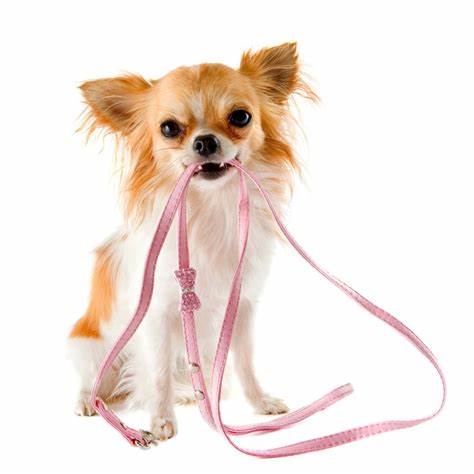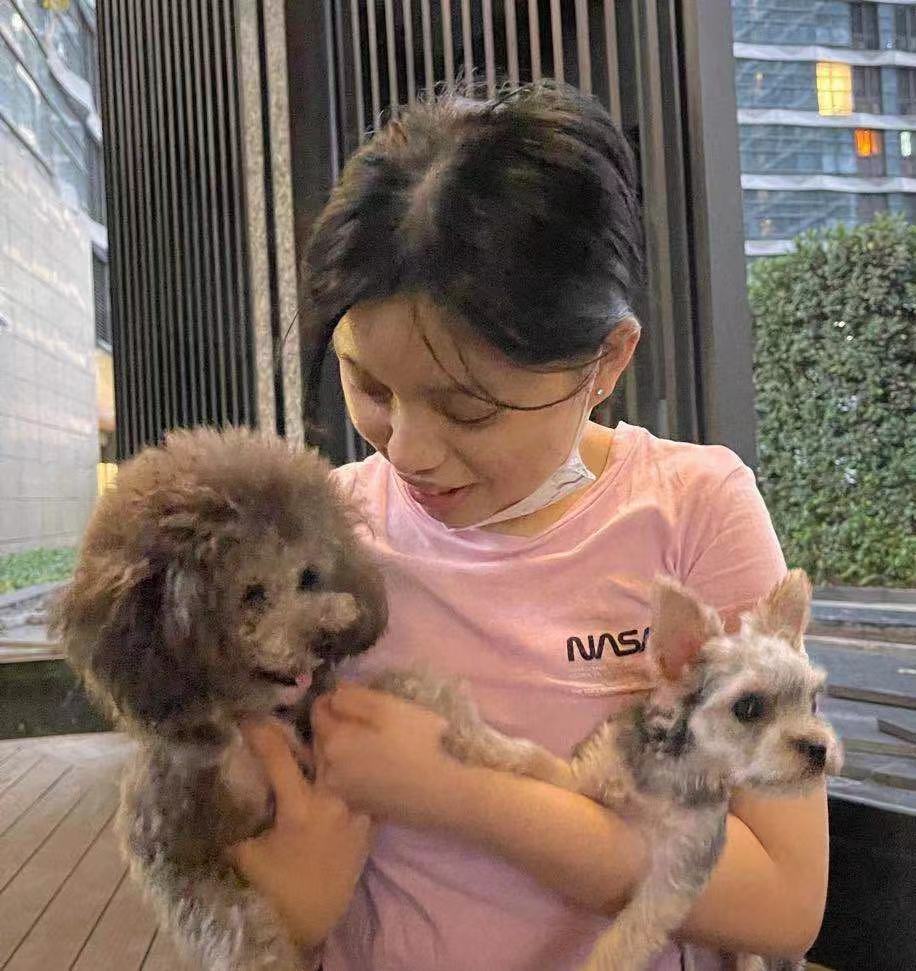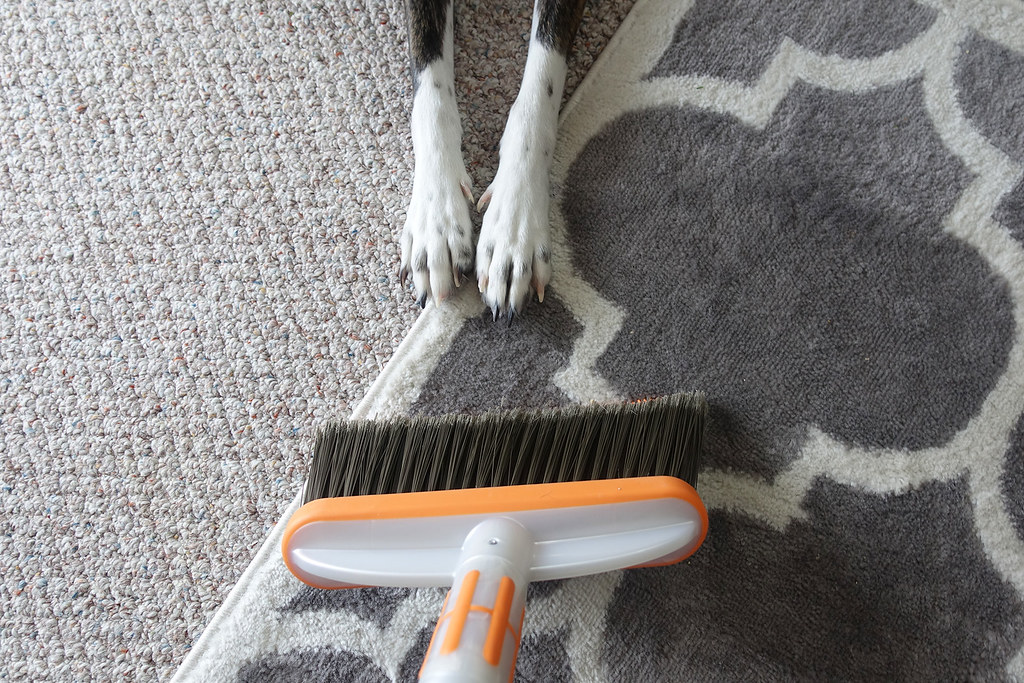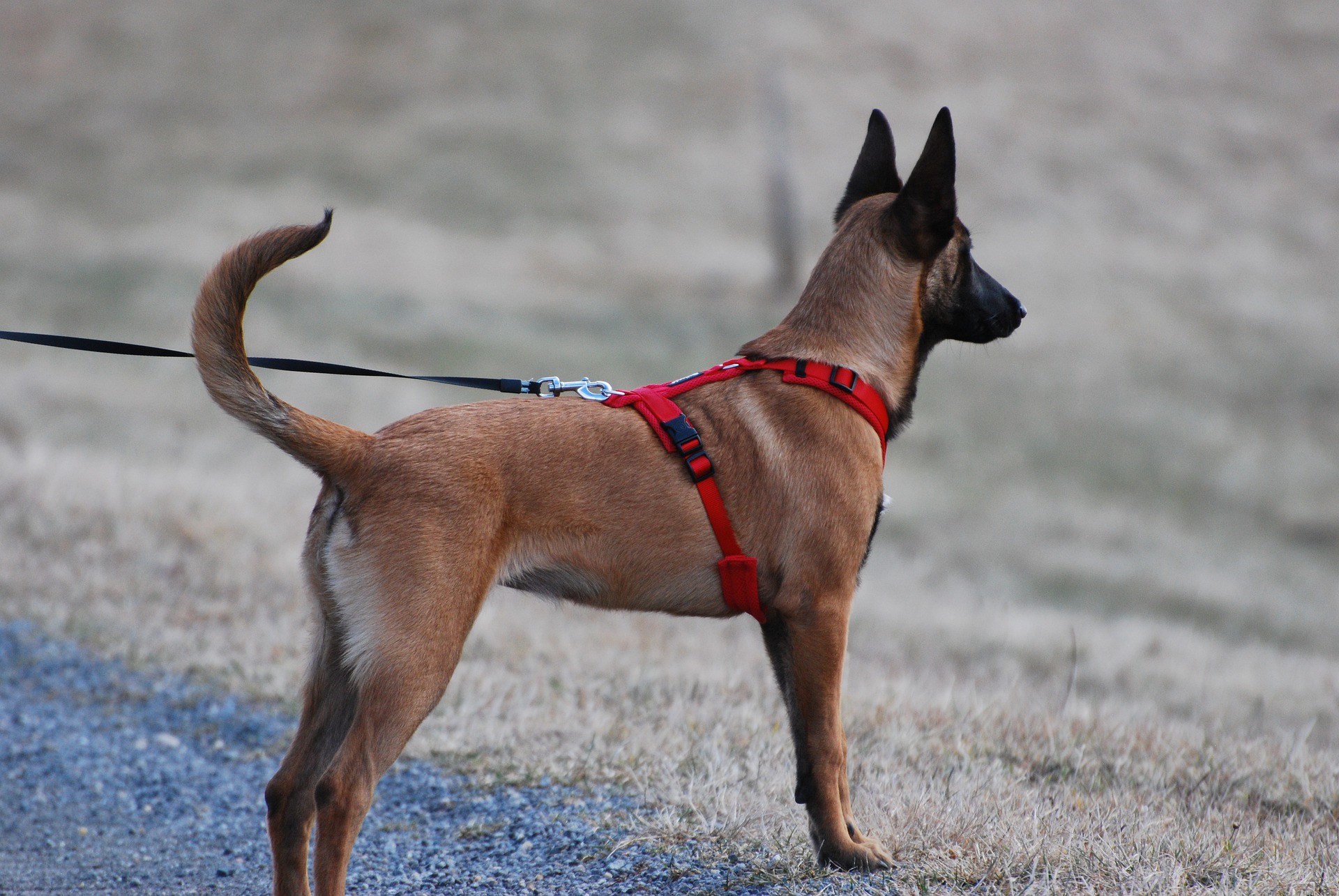
Sometimes even handlers of the well-behaved dog breeds may find it difficult to control the behavior of their beloved friends. Training a dog, especially when it is a service dog, can be really challenging, as tasks like training obedience and social skills require a lot of work and patience. One of the most important skills that a service dog needs to possess is to walk calmly on a leash along with his/her handler.
If you want to train your own service dog or just to correct the behavior of your fluffy friend, we will give you some advice in regard to how to train him/her to walk on a leash.
What Do You Need To Do Before Walking Your Dog Outside On a Leash?
First, we would recommend that you choose a collar or a harness and a leash carefully. These need to fit your dog and to make him/her feel as comfortable as possible.
You need to choose a word or a device, that will be used as an identification for proper behavior. When saying the chosen word or making a certain sound with a clicker or another tool, your dog partner will know that he/she is doing the right thing and will get praised and rewarded for that.
Logically we reach the next step of the preparation- you need to have treats. These will be used as a reward that your canine will get only when he/she behaves properly.
After the preparation is completed you can start the practical training.
Steps That You Need To Follow When Teaching Your Dog To Walk On a Leash
You may want to let your dog wear a leash for certain periods of time so that he/she can adapt to the feeling of wearing a leash. You need to keep the sessions short and reward your doggy with treats. Furthermore, you can also try putting your dog partner on a leash during playtime. This part of the training will help your canine associate the “leash” with a positive experience like receiving a reward or playing.
As mentioned in the “preparation” part above you need to choose a word or a sound, that your dog will recognize as a sign for reward (treats). Every time when you use the word/sound and the dog responds by looking at you, you need to give him/her a treat. You may want to repeat this exercise a few times so that your canine starts coming to you and not only looking at you when he/she wants to get a reward.
As a next step, you can try increasing the distance from your dog when he/she is coming to you for a treat. You can move a few steps back. The goal of this part of the training is to help your dog partner get accustomed to walking while on a leash. Of course, you need to start with a few steps only and increase the distance gradually, as puppies can not focus on a particular task for a long time, and they get exhausted easily.
It would be appropriate that the training starts in a distraction-free environment so that you can get the attention of your canine as much as possible. When you notice that your dog already knows what he/she is expected to do and manages to fulfill your commands on a regular basis, you can try providing the training in an environment with more distracting factors. Once again we want to note that the training needs to be provided step by step, as abrupt changes in the environment could be stressful for your dog. Repeat the exercise in your house, so that your dog can fully understand how to walk to you while on a leash.
When you decide that this part of the training is completed, you and your canine can continue exercising outside. You need to keep in mind that the environment outside will be more challenging as there will be new smells, places, and sounds that your pup will want to explore. Patience and keeping the sessions short are crucial for the success of this training. If you notice that your pup starts moving towards a certain object and is about to nudge it or his/her attention is drawn to something, you can repeat the exercise that he/she already learned- use a word or a sound i.e. from a clicker, increase the distance and when he/she comes to you, reward him/her with a treat.
In the next part of the article, we will give you some advice on how to train your dog to walk on a loose leash on a certain side of your body.
Walking On a Loose Leash
If you want to train your dog to walk on a certain side of your body, i.e. on your left side, you need to keep treats in your left hand. As we are talking about a “loose leash”, you need to hold the end of the leash in the other hand, in this case- the right hand. You can move forward a little i.e. taking one step only, and then you need to stop. After that, you can give your dog a treat using the left hand. When you notice that your canine is getting used to this pattern and starts wanting more treats, you can try increasing the distance- taking two or three steps instead of one. We need to note that you should not reward your dog during this session if he/she starts pulling. You need to stop walking and to make him/her understand that if he/she wants to walk on a loose leash and get a reward, he/she is not allowed to pull. We would recommend that you gradually increase the distance, respectively the period between the treats.
What to Do When Your Dog Misbehaves While on a Leash
Pulling on a leash is one of the most common problems that may occur when you train your dog to walk on a leash. Usually, dogs are very excited when they go for a walk as they have the opportunity to explore a new environment. As you already know exploring is a natural part of their behavior. If your dog starts pulling, you need to stop walking and stand still.
In this case, it is very important that you do not strain at the leash and start pulling it. Do not yell or punish your dog, as this kind of behavior may have a very negative impact on him/her, may lead to stress, anxiety, or even aggression.
We would recommend that you call your dog back. If he/she is focused on a certain object, other animal or a person, you can start walking in the opposite direction. If you get close to the distracting factor, your dog is expected to pull even harder towards it.
If you find it really difficult to train your dog to perform this task, you can use a harness (front-hooked) or head halter, although we would recommend that the training process described above be more pet-friendly and non-restrictive.
Another problem that many pet owners face during this training arises when their dog starts lunging. This behavior can be provoked by other animals (usually cats), cars, cyclists, fast-moving subjects...etc. When dealing with this problem, we would recommend that you redirect the dog’s attention and increase the distance from the object, causing this kind of behavior.
Barking is another behavioral problem that every dog owner wants to solve. There are a few things that you can do in this case:
Ignore the barking, make the dog insensitive to the factor that causes barking, train your dog to fulfill a command that will interfere with this behavior, figure out tasks, games, or exercises that will make your dog spends his/her energy.
However, if you and your furry friend are already on a walk and he/she starts barking, you can apply the same approach as the one that interrupts the lunging. We would recommend that you stop your dog from barking at a young age, in order to prevent future problems. The more skillful your dog becomes, the less amount of treats you can reward him/her during the walks. However, we would recommend that you always have some treats while accompanied by your dog on a walk, as you never know what situation may arise.
If you tried to apply all methods described above to correct the behavior of your dog while on a leash without success, you may need to consider changing the collar or enrolling in social/obedience courses. Of course, you always can rely on professional trainers who can provide proper training.
In some cases when your dog may be over-excited and he/she may act too energetic around you. Since this behavior may be risky for other animals or passengers, we would recommend that you keep him/her on a tight leash, until he/she calms down and stays right beside you.












